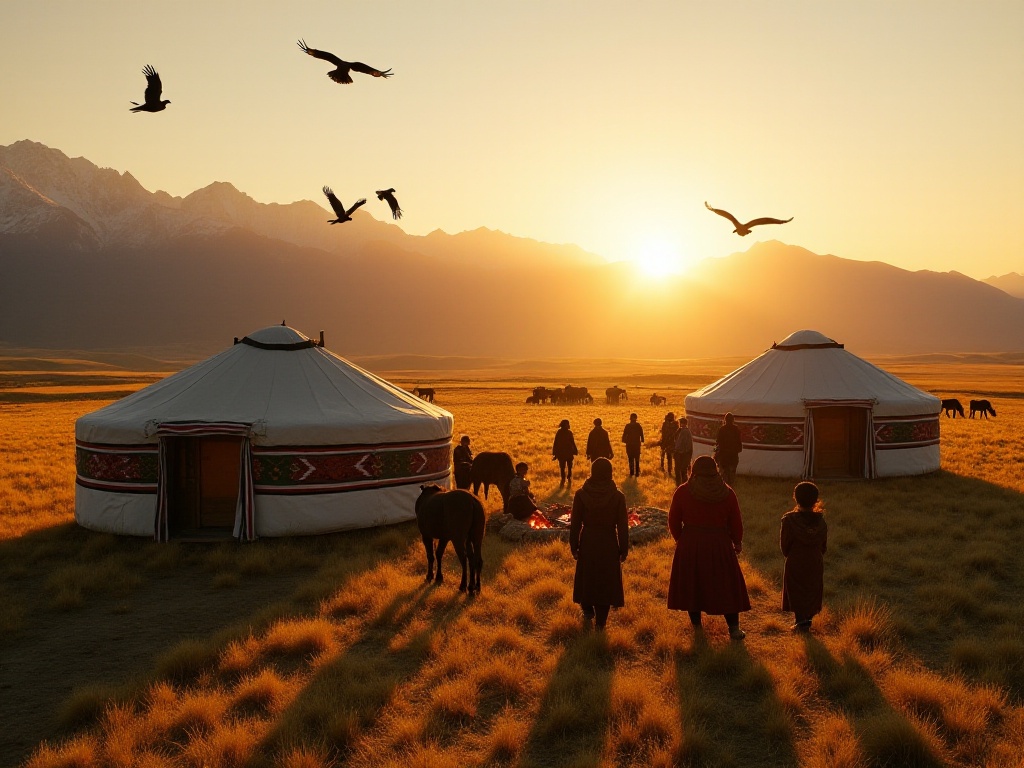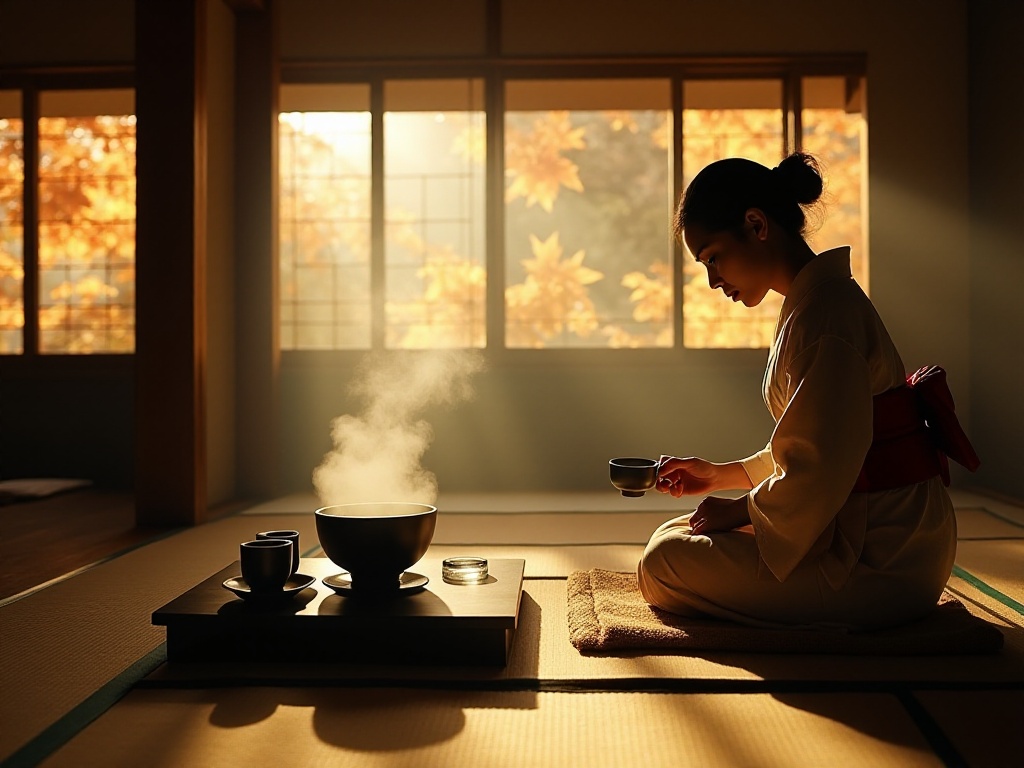Origins
Do you know? Before setting foot in Peru, my impression of this country was limited to Machu Picchu ruins from textbooks. Looking back now, this month-long cultural journey not only gave me deep insights into the brilliant history of Inca civilization but also showed me how modern Peruvians find balance between tradition and modernity.
First Impressions
The moment I stepped out of Lima Airport, I was greeted by a completely different scene than I had imagined. I expected to see streets full of Inca descendants wearing colorful textiles, but instead found a modern metropolis. The contrast between colonial-era architecture in Lima's old quarter and modern skyscrapers in the business district perfectly reflects Peru's cultural diversity.
In the San Blas district, I met my first true Inca descendant - Maria. She is a traditional weaver who demonstrates Incan weaving techniques to tourists in her small shop daily. With the help of translation software, we chatted for two hours. She told me that few young people nowadays are willing to learn this craft, but she persists because it's a precious heritage from her ancestors.
Into the Villages
After leaving Lima, I chose a less-traveled route to a traditional village in the Cusco region. Here, I was fortunate to participate in a week-long homestay program. My host family was local farmer Juan and his family.
Juan's house was built with mud and stone, maintaining the architectural style from centuries ago. Every morning, I would wake up to the sound of alpacas outside. Juan's wife Carmen would prepare breakfast with fresh corn, potatoes, and quinoa. These were all crops they grew themselves, varieties that had existed since Incan times.
What touched me most was that despite the language barrier, Juan's family treated me like their own. I worked with Juan in the terraced fields, learning their ancestral farming techniques; helped Carmen in the kitchen, mastering several authentic Peruvian dishes; and in the evenings, listened to Incan empire legends with their children.
Cultural Heritage
During my stay in the Cusco region, I gained deep insights into various aspects of Incan civilization. What surprised me was that although the Incan empire disappeared centuries ago, their wisdom still influences Peruvians today.
For instance, the terrace farming method invented by the Incas is still in use today. This agricultural technique not only prevents soil erosion but also makes full use of mountain resources. Statistics show that Peru has over 1 million hectares of existing Incan terraces, with 60% still in use.
The Incan building technique, which uses no mortar but relies on precise stone cutting and clever construction methods to build sturdy structures, is perfectly demonstrated at Machu Picchu. Archaeological data shows that the largest stone block at Machu Picchu weighs 70 tons, with gaps between stones less than 2 millimeters. This precision is remarkable even by today's standards.
Modern Transition
Through conversations with locals, I gradually understood their challenges in cultural preservation. On one hand, they want to maintain their traditional cultural uniqueness; on the other hand, they need to adapt to modern society's development.
According to Peru's Ministry of Culture statistics, over 1 million people still speak Quechua (the Incan Empire's official language). However, this number is declining yearly among younger generations. A 2023 survey showed that only about 15% of 18-25 year-olds can speak Quechua fluently.
However, I also saw some encouraging changes. For example, some young people have begun using social media to promote traditional culture. In Cusco, I met a young man named Carlos who has over 500,000 followers on TikTok, specifically sharing Incan cultural knowledge and traditional craft-making processes.
Cultural Collision
In Peru, you can see the collision of tradition and modernity everywhere. At Cusco's San Pedro Market, vendors in traditional dress accept mobile payments via smartphones; in the hot springs town near Machu Picchu, ancient stone walls are fitted with solar-powered street lights; in Sacred Valley villages, alpaca herders use drones for herding.
This cultural collision might initially feel uncomfortable, but gradually you realize it's precisely a manifestation of cultural vitality. Traditional culture isn't static; it needs to evolve with the times, adapting to new eras while maintaining its essence.
Deep Reflection
This Peru trip gave me much to think about. We often talk about protecting traditional culture, but what's the best way to protect it? Should we fix it at a certain point in time, or let it evolve naturally?
In my view, culture is like a river - it needs constant flow to maintain vitality. True cultural protection isn't about preserving it in museums, but letting it continue to function in people's daily lives. Just as Peruvians do, maintaining ancestral wisdom while bravely accepting new things.
Future Outlook
On my last day before leaving, I visited the weaver Maria again. To my delight, I saw a young apprentice in her shop. Maria told me it was her granddaughter, who had finally developed an interest in the ancestral craft.
This reminded me of some data: according to Peru's Ministry of Culture 2023 statistics, over 2,000 young people nationwide have engaged in learning traditional crafts. Though small compared to the total population, it shows a positive trend.
Perhaps this is where hope lies for cultural inheritance. When more young people begin to recognize and cherish their cultural heritage, traditional culture can find new vitality. Like the Incan Empire's Temple of the Sun - though the physical structure has disappeared, its spirit still illuminates this land.
Takeaways
A month in Peru gave me a new understanding of cultural travel. Culture isn't just exhibits in museums, but a living part of people's daily lives. True cultural experience isn't about rushing through tourist spots, but immersing yourself in local life, understanding their joys and sorrows, and experiencing their life wisdom.
Have you had similar cultural travel experiences? During your travels, have you also been deeply moved by some cultural detail? Welcome to share your story in the comments.







